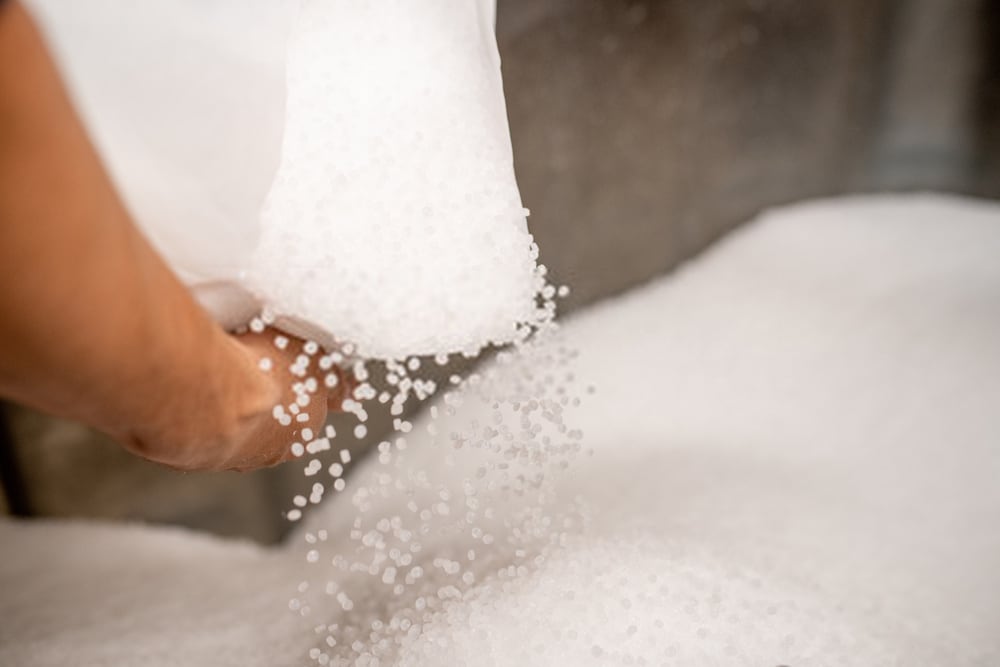
Dental Materials - Composite restorative
Composite resins are used to repair dental defects and improve the color and appearance of teeth, thereby improving facial aesthetics.
Among the direct restorative materials, silicone cement was first developed, followed by acrylic and then composite resins. It consists of an aluminum silicate glass powder and an aqueous solution of phosphoric acid, which was introduced in 1978. Despite its anti-cariogenic properties, it has been noted that silicone cement is prone to failure in the early stages of clinical restoration. And mostly related to the material's high solubility in saliva, easy urban transparency, cracks on the surface, lack of adequate mechanical properties . These shortcomings of silicone cement led to the withdrawal of the material from oral restoration in 1960.
Acrylic resins are unfilled, low-molecular-weight polymers that lack the inorganic filler-resin properties of composite resins. The early clinical failure of acrylics was directly related to their dimensional instability, resulting in imperceptible staining and frequent secondary caries.
Around 1960, the development of composite resins led to the development of higher mechanical properties, lower coefficients of thermal expansion, smaller dimensional changes during curing, and a more efficient use of acrylics. and higher abrasion resistance, thus improving clinical performance. Subsequently, the development of adhesives for bonding composite resins to dental structures also improved the quality of composite resin restorations.
In 1995, composites were introduced with improved handling and fluoride release properties compared to composite resins.
General purpose composite resins
Composite resins were originally used for restorations of anterior teeth in categories III, IV and V, where aesthetics was of particular concern. Stronger occlusal forces. In 1999, the continuous improvement of materials and application techniques led to the expansion of the application of composite resins to Class II and Class VI posterior cavity restorations. The fiber-reinforced underside of the composite resin used in the laboratory process is used to make crowns and even bridges.
Basic steps:
1. Selection of chromaticity (choosing the right color and luster of composite resin material)
2. Preparation of the nest hole (preparation of the corresponding hole pattern)
3. Tooth surface treatment (a. First, use a small cotton ball or a small brush dipped in 30% ~ 50% phosphoric acid coating the enamel wall of the cave margin. Glaze short bevel and bottom surface b. Acid etching 30 seconds to 1 minute after the tooth surface was chalky c. Cotton ball dipped in the bottom glue coated the whole (The hole wall, air gun light blowing d. Coating binder air gun blowing evenly, about 0.2mm light curing 30 seconds)
4.Placement of the tabs and wedges (a. Polyester film tabs are usually used for the front teeth. b. Stainless steel tabs are used for the back teeth).
5. Filling materials (composite resin filling each layer not more than 0.2 ~ 0.3mm is appropriate, diagonal filling can make the intermediate layer more dense, and the filling of the middle layer can be made to fit. (Reduced shrinkage of the resin)